Meet the Microbe
The Wonderful World of Oral Microbiology
-
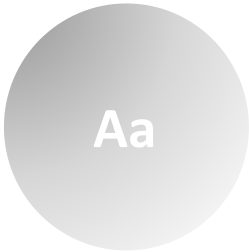
Aggregatibacter actinomycetemcomitans
In the majority of periodontitis cases associated with A. actinomycetemcomitans mechanical periodontal treatment does not result in elimination of this pathogen. This phenomenon is associated with a reduced treatment response. A systemic therapy with metronidazole and amoxicilline has shown to be effective in eliminating this pathogen in the majority of the cases (Berglund et al. 1998, Pavicic et al. 1994, van Winkelhoff et al, 1989, 1992, Winkel et al. 2001).
-

Porphyromonas gingivalis
Treatment of periodontitis associated with P. gingivalis can respond favorably after a systemic therapy with metronidazole. It has been shown that pocket depth reduction, gain of clinical periodontal attachment and the number of teeth in need of additional periodontal therapy is reduced after systemic metronidazole.
-
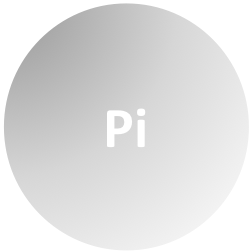
Prevotella intermedia
This is the most common, dark-colored (black-pigmented), anaerobic, gram-negative rod-shaped bacterium in the mouth. P. intermedia is found in supra- and subgingival plaque and on oral mucous membranes.
-

Tannerella forsythia
T. forsythia can be associated with refractory periodontitis, especially in smoker patients. It has been shown that systemic metronidazole in these cases can significantly improve clinical and microbial parameters (Winkel et al. 1997).
-
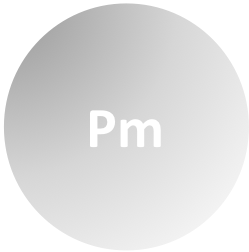
Parvimonas micra
P. micros can be found in special patient categories in high numbers with or without major pathogens such as A. actinomycetemcomitans or P. gingivalis. High numbers of P. micros can be found in heavy smokers, immuno-compromised patients, diabetes mellitus patients, medically compromised patients and patients suffering from chronic stress. Systemic antimicrobial therapy may be unpredictable in these subjects. It has been suggested that systemic clindamycin may support periodontal treatment in these patients.
-

Fusobacterium nucleatum
It is the most common commensal, gram-negative, anaerobic bacterium in the mouth. It is found in gingivitis, periodontitis, endodontic infections, oral abscesses, and peri-implant infections.
-
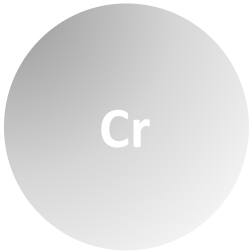
Campylobacter rectus
Is a gram-negative rod-shaped bacterium that is involved in chronic periodontitis. C. rectus is not strictly anaerobic. This species is also found in non-oral abscesses, often in combination with other oral bacteria such as Actinomyces and streptococcal species.
-
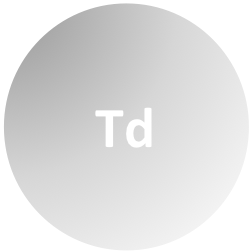
Treponema denticola
Is an anaerobic, gram-negative, highly motile spirochete, under the microscope, it has a corkscrew shape. This spirochete is one of the few oral spirochetes that can be cultivated in the laboratory. T. denticola can be found in large numbers in deep periodontal pockets.
-
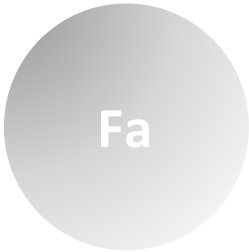
Filifactor alocis
Is a gram-positive, strictly anaerobic rod-shaped bacterium and is very difficult to cultivate in the laboratory. The role of this bacterium in periodontitis is mainly based on research using molecular detection techniques. It is one of the strongest marker bacteria for periodontitis, along with P. gingivalis.
